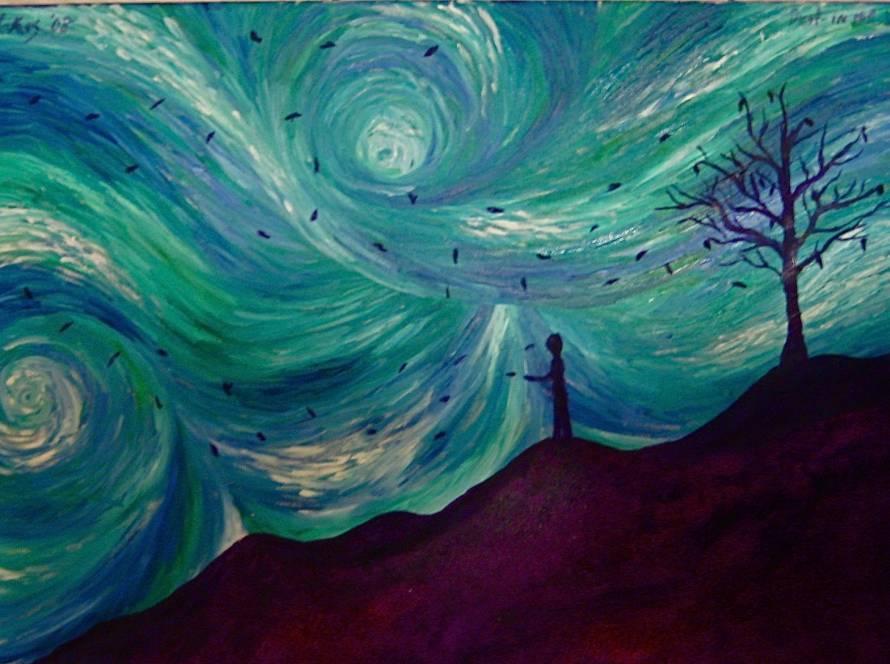“Real fearlessness is the product of tenderness. It comes from letting the world tickle your heart, your raw and beautiful heart. You are willing to open up, without resistance or shyness, and face the world. You are willing to share your heart with others.” – Chogyam Trungpa, Shambala: The Sacred Path of the Warrior
Fear of vulnerability is one of the main obstacles to inner freedom. Part of the fear is internal, a message that there is something wrong with us if we show emotion. Part of the fear is external, a concern that if we are authentic and reveal ourselves, we risk being hurt by others. Either way, our pursuit of inner freedom involves a willingness to step into the unknown, and into discomfort. When we take the opportunity to open up and remain soft in the face of what comes our way – we actually grow in our ability to be fully ourselves.
The path of vulnerability involves understanding why we are so afraid to allow more vulnerability in our lives; learning to endure the discomfort in order to connect more with ourselves; finding ways to redefine vulnerability as strength; discovering an inner sense of safety; and seeking support to live more authentically. Above all, the journey of vulnerability is about choice: How can we muster the inner strength to understand, face, and transform our fears so that we have the aliveness and authenticity that comes from a willingness to share our truth?
When we confront our fear or other difficult feelings – really confront them – new possibilities emerge. When we open our hearts to ourselves, we find the needs behind our emotions and actions. Connecting with our needs gives us some space to bypass the stories that feed our fear, such as “rejection,” “humiliation,” or “betrayal.” We also regain more wiggle room by connecting with the humanity of others in stressful moments, with their needs that might lead to their actions or reactions. This alleviates our own anxiety because it allows us to take everything less personally, to meet others with compassion, and to keep our hearts open as we engage.
What does it look like when you choose vulnerability?
I invite you to try this exercise:
Think of a situation in your life where you had the opportunity to choose vulnerability or protection. As you reflect on your situation and your actions, what did you choose, vulnerability or protection? What needs were you trying to meet with your decision? Were those needs met by your choice? What needs were not met by your choice?
A key to this journey is recognizing that habitual choices are also based on needs. Once we become aware of what needs we are trying to meet with our habitual choices, we can dig deep: Does this habitual strategy really fulfill the need? At what cost? Can we muster the willingness to make a different choice, even if it is unpleasant?
When we are fully connected to our needs, we may well choose to engage in habitual behaviour a few times because we know what needs we are prioritizing in those moments and not automatically out of fear or habit. We may also choose to be more authentic and vulnerable because we are clear about what needs are being met as a result, making the discomfort worthwhile, rather than basing the decision on an internal demand or idea that is not connected to our needs.
Either way, we are better able to live life to the fullest.
Take care,
Amel.



